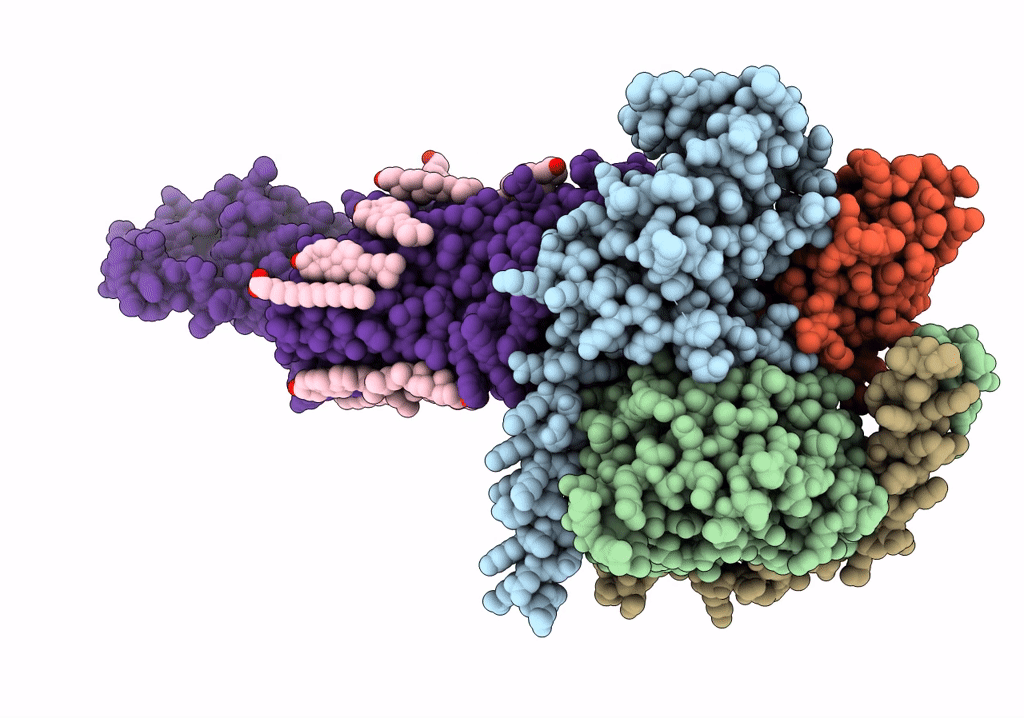
Deposition Date
2018-12-07
Release Date
2019-04-17
Last Version Date
2024-10-16
Entry Detail
PDB ID:
6NBH
Keywords:
Title:
Cryo-EM structure of parathyroid hormone receptor type 1 in complex with a long-acting parathyroid hormone analog and G protein
Biological Source:
Source Organism:
Homo sapiens (Taxon ID: 9606)
Bos taurus (Taxon ID: 9913)
Rattus norvegicus (Taxon ID: 10116)
synthetic construct (Taxon ID: 32630)
Bos taurus (Taxon ID: 9913)
Rattus norvegicus (Taxon ID: 10116)
synthetic construct (Taxon ID: 32630)
Host Organism:
Method Details:
Experimental Method:
Resolution:
3.50 Å
Aggregation State:
PARTICLE
Reconstruction Method:
SINGLE PARTICLE


